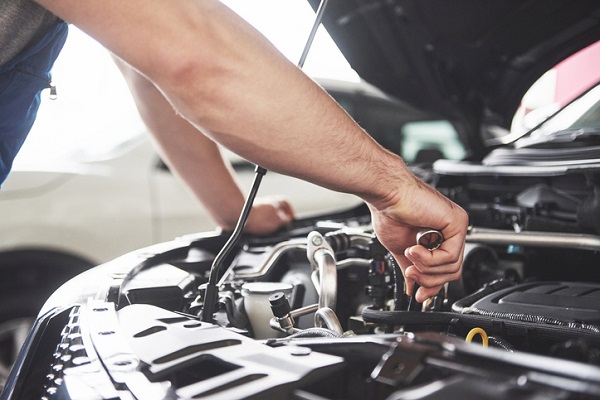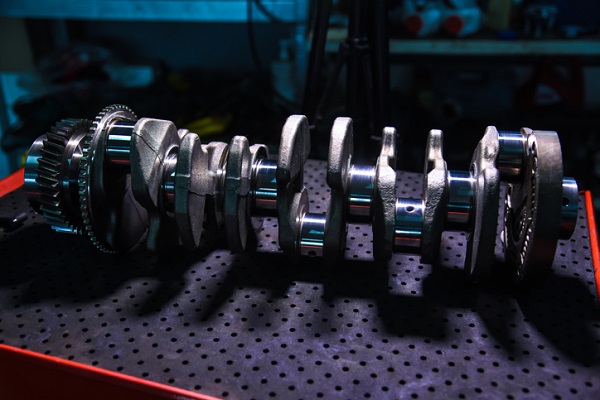
While the IC engine is comprised of various complex gears, shafts and other parts, the camshaft and crankshaft are two of the more prominent ones. Both are distinct types of shaft serving certain purposes within the engine, such as helping to kickstart its cycle and sending torque down through to the transmission. That being said, there are differences between the two to keep in mind when learning how IC engines work.
Despite their differences, both are naturally linked to each other, and no four-stroke engine can run properly without them. Here’s a look at the differences between the camshaft and crankshaft.
The Camshaft: Letting Air in at Just the Right Time
Both single and dual over-head camshafts have lobes running along it and sitting at various angles to make contact with rocker arms and open valves in the engine. Located above the engine cylinder, the camshaft’s purpose is to open and close the inlet and outlet valves at the right time. This allows air and fuel to enter the engine cylinder before exhaust gases leave it. Made either with cast steel or cast iron, the camshaft rotates through the crankshaft’s timing belt, which operates in tandem with the crankshaft. As a result, the opening of the valves and the cycle of the engine are precisely timed with one another, therefore avoiding damage between the cylinder and valves.

The Crankshaft: the Piece Setting the Pistons in Motion
A car mechanic will know that the crankshaft can be found below the engine’s cylinder. Usually made with alloy steel, it converts a vertical piston movement into a rotary motion. It is used by the flywheel and then the transmission, with crank pins lined up with the pistons, and allows for greater movement for each cylinder. As the piston moves around inside the cylinder, it creates a reciprocating motion that brings fuel and air into the cylinder as the pistons move downward, creating the IC engine’s four-stroke cycle. Connecting rods connect the crankshaft with the pistons and crank pins, with pistons moving up and down while the crankshaft is turning. The crankshaft’s rotation goes through the flywheel at the end of the shaft, which balances it if abnormal engine pulses occur. It’s also worth noting that much of the power loss within an engine occurs around the crankshaft, for reasons such as friction, heat and vibration.

These Are the Biggest Things for a Car Mechanic to Know About Their Relationship
Both are necessary parts of a vehicle’s drivetrain, but there are certain subtleties in their relationship to be aware of for those who want to become a mechanic. The crankshaft and camshaft both act at the beginning and end of an engine’s cycle, so that its various mechanical processes can keep running as they’re supposed to. The relationship between the two affects the performance of the vehicle’s engine in numerous ways. The two parts need to move in harmony with each other to function properly, so there needs to be precise timing between both the camshaft and crankshaft through a connection with a timing belt or another device to synchronize them. Sensors are also used by vehicles to ensure the two parts are working correctly.
Want to learn how to become the best auto mechanic Cambridge has to offer?
Contact Automotive Training Centres for more info!

